A new study into the neurons found in the earliest-diverging animal lineages reveals key clues about the form of the most ancestral nervous system, and how it first evolved.
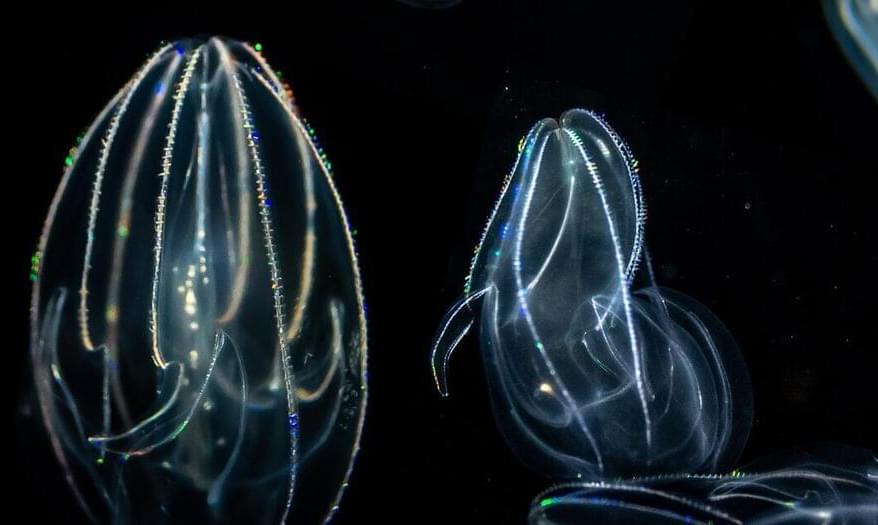

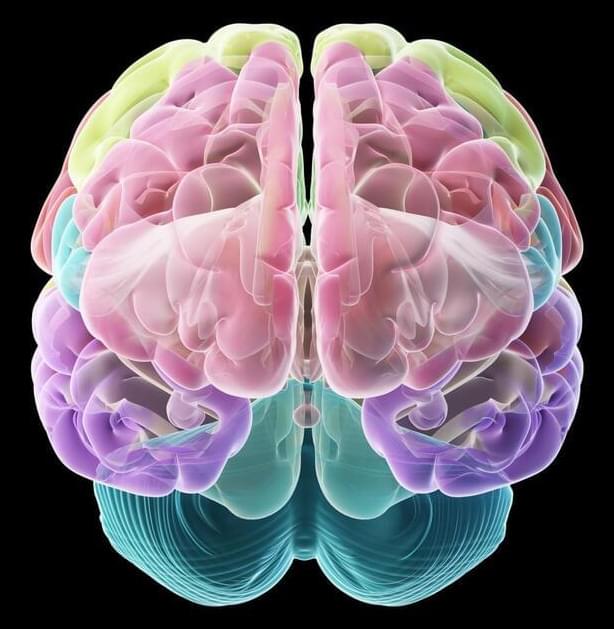
Realistic and complex models of brain cells, developed at Cedars-Sinai with support from our scientists and our #openscience data, could help answer questions a… See more.
Cedars-Sinai investigators have created bio-realistic and complex computer models of individual brain cells—in unparalleled quantity.
Their research, published today in the peer-reviewed journal Cell Reports, details how these models could one day answer questions about neurological disorders—and even human intellect—that aren’t possible to explore through biological experiments.
“These models capture the shape, timing and speed of the electrical signals that neurons fire in order to communicate with each other, which is considered the basis of brain function,” said Costas Anastassiou, PhD, a research scientist in the Department of Neurosurgery at Cedars-Sinai, and senior author of the study. “This lets us replicate brain activity at the single-cell level.”
The models are the first to combine data sets from different types of laboratory experiments to present a complete picture of the electrical, genetic and biological activity of single neurons. The models can be used to test theories that would require dozens of experiments to examine in the lab, Anastassiou said.

You might identify with the Mind After Midnight hypothesis if you’ve ever stayed up late angrily commenting on Twitter posts, finishing another bottle of wine, eating a whole pint of ice cream out of the container, or just feeling miserable.
The hypothesis suggests that when humans are awake during the biological circadian night—after midnight for most people—there are neurophysiological changes in the brain that alter the way we interact with the world, especially actions related to impulse control, reward processing, and information processing. The hypothesis was detailed in a recent paper published in the journal Frontiers in Network Psychology.
“There are millions of people who are awake in the middle of the night, and there’s fairly good evidence that their brain is not functioning as well as it does during the day.” —
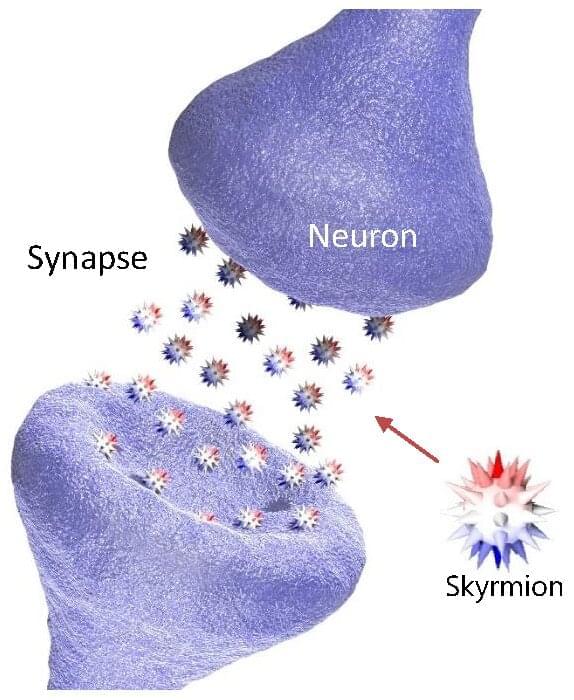
Skyrmions are ultra-stable atomic objects first discovered in real materials in 2009, which have more recently also been found also to exist at room temperatures. These unique objects have a number of desirable properties, including a substantially small threshold voltage, nanoscale sizes and easy electrical manipulation.
While these properties could be advantageous for the creation of a wide range of electronics, developing functional all–electrical devices using skyrmions has so far proved to be very challenging. One possible application for skyrmions is in neuromorphic computing, which entails the creation of artificial structures that resemble those observed in the human brain.
With this in mind, researchers at the Korea Institute of Science and Technology (KIST) have recently investigated the possibility of using skyrmions to replicate mechanisms observed in the human brain. Their paper, published in Nature Electronics, shows that these ultra-stable atomic structures can be used to mimic some behaviors of biological synapses, which are junctions between neurons through which nerve impulses are passed on to different parts of the human brain.
Please like, comment, and subscribe!
The Neuro-Network.
27 seconds.
The #medical #university of South Carolina and the University of Florida have shown the first non-invasive visualization of the #brain waste disposal clearance system in real time.
Abstract: #nature Communications: https://www.nature.com/articles/s41467-021-27887-0
McKnight Brain Institute University of Florida: https://mbi.ufl.edu/2022/01/18/mri-study-unveils-key-details…al-system/
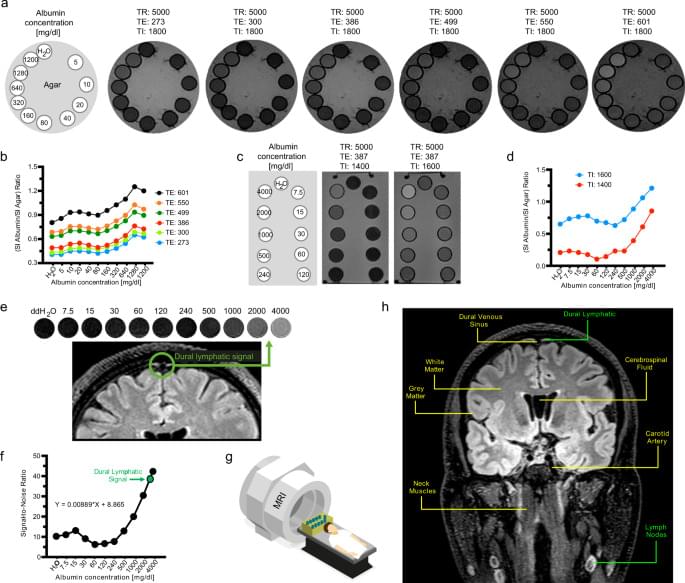
Youtube Short: 27 seconds.
The #medical #university of South Carolina and the University of Florida have shown the first non-invasive visualization of the #brain waste disposal clearance system in real time.
Abstract: #nature Communications:
McKnight Brain Institute University of Florida: https://mbi.ufl.edu/2022/01/18/mri-study-unveils-key-details…al-system/
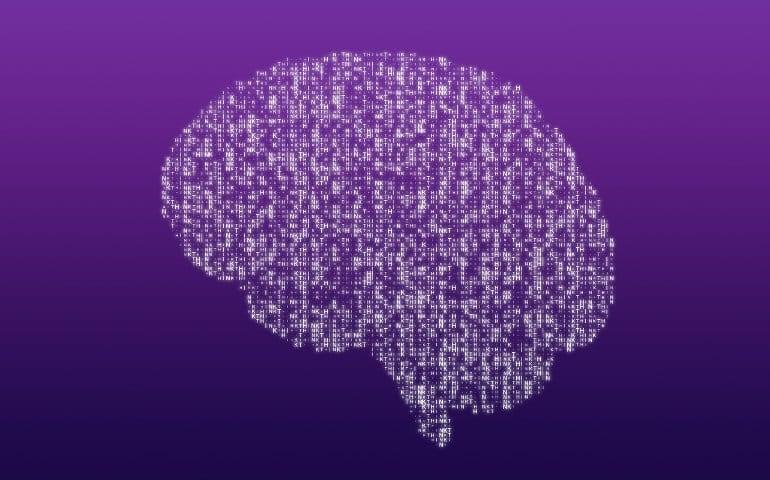
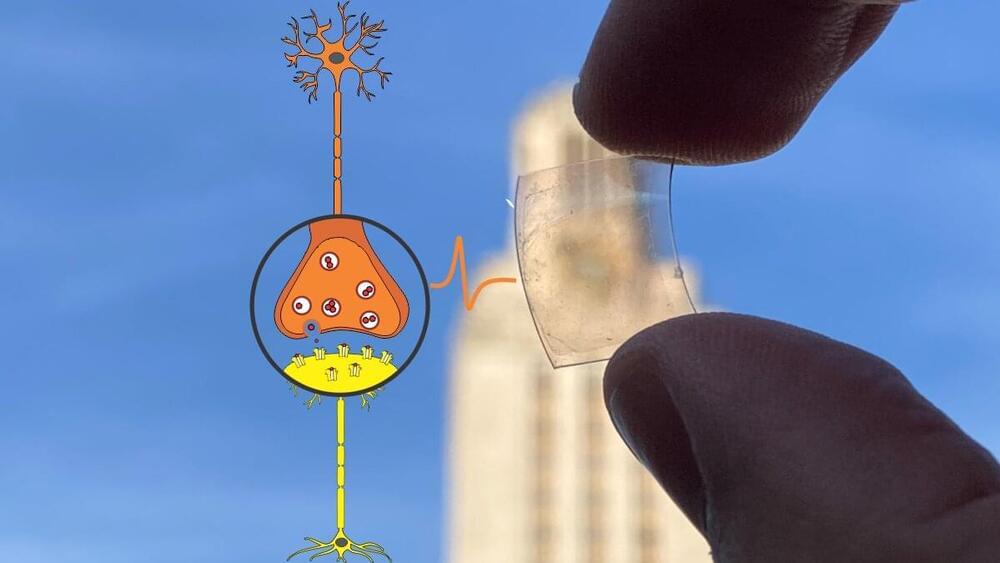
Computers that think more like human brains are inching closer to mainstream adoption. But many unanswered questions remain. Among the most pressing, what types of materials can serve as the best building blocks to unlock the potential of this new style of computing.
For most traditional computing devices, silicon remains the gold standard. However, there is a movement to use more flexible, efficient and environmentally friendly materials for these brain-like devices.
In a new paper, researchers from The University of Texas at Austin developed synaptic transistors for brain-like computers using the thin, flexible material graphene. These transistors are similar to synapses in the brain, that connect neurons to each other.